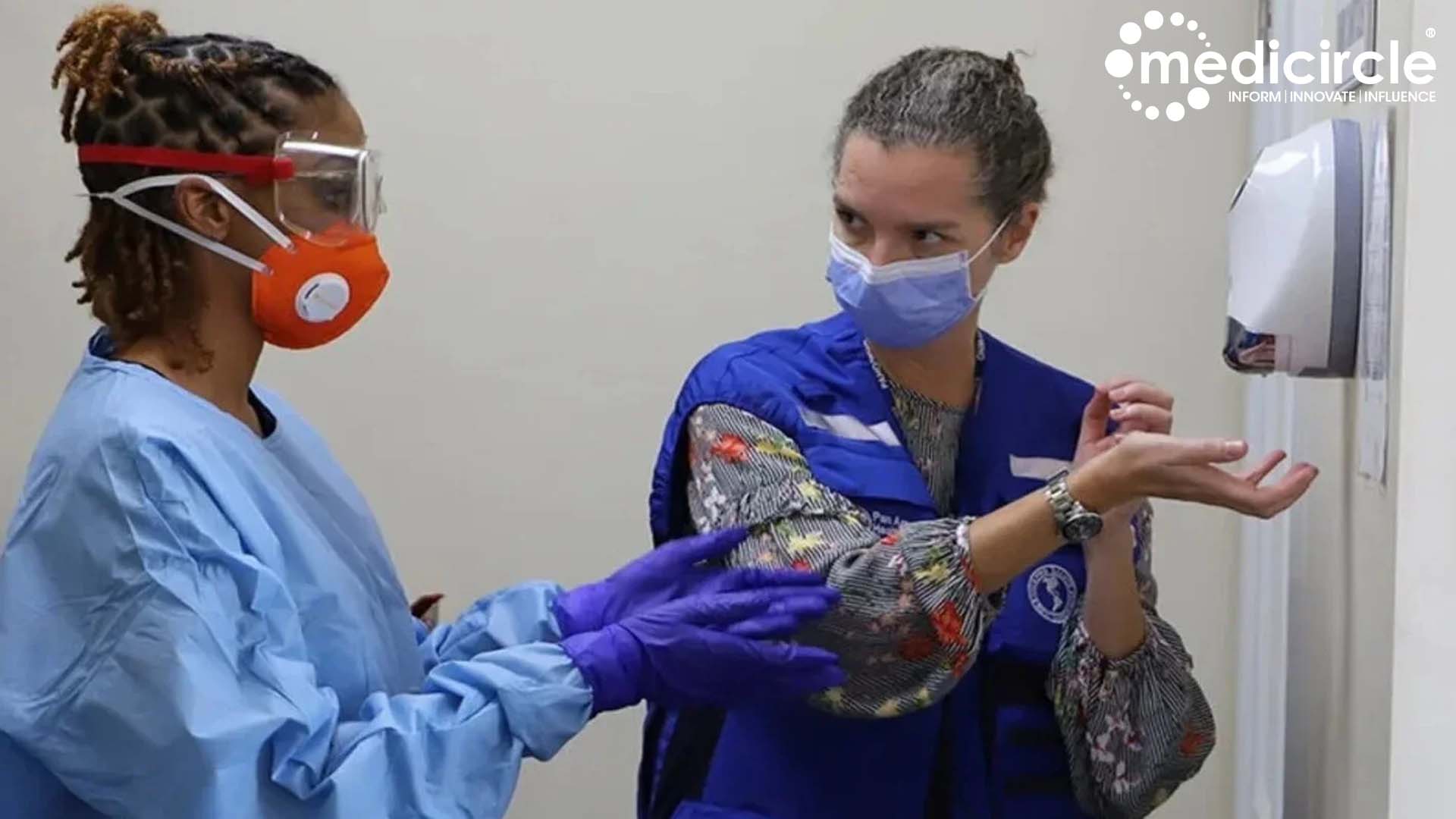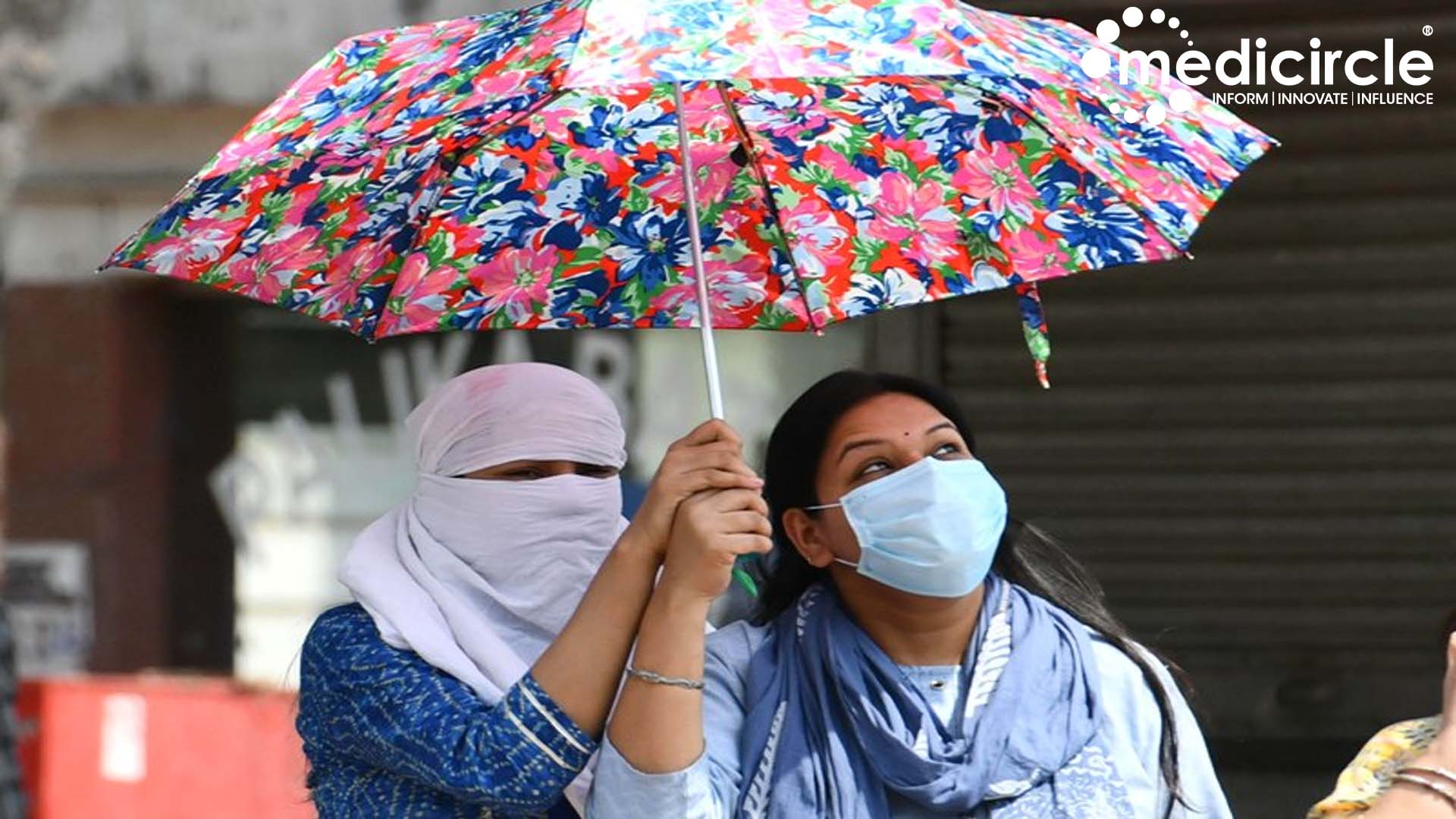For the first time, the World Health Organization projects that the number of males using tobacco is on the decline, indicating a powerful shift in the global tobacco epidemic. The findings, published today in a new WHO report, demonstrate how government-led action can protect communities from tobacco, save lives and prevent people from suffering tobacco-related harm.
“Declines in tobacco use amongst males mark a turning point in the fight against tobacco,” said DrTedrosAdhanomGhebreyesus, WHO Director-General. “For many years now we had witnessed a steady rise in the number of males using deadly tobacco products. But now, for the first time, we are seeing a decline in male use, driven by governments being tougher on the tobacco industry. WHO will continue working closely with countries to maintain this downward trend.”
During nearly the past two decades, overall global tobacco use has fallen, from 1.397 billion in 2000 to 1.337 billion in 2018, or by approximately 60 million people, according to the WHO global report on trends in prevalence of tobacco use 2000-2025 third edition.
This has been largely driven by reductions in the number of females using these products (346 million in 2000 down to 244 million in 2018, or a fall over around 100 million).
Over the same period, male tobacco use had risen by around 40 million, from 1.050 billion in 2000 to 1.093 billion in 2018 (or 82% of the world’s current 1.337 billion tobacco users).
But positively, the new report shows that the number of male tobacco users has stopped growing and is projected to decline by more than 1 million fewer male users come 2020 (or 1.091 billion) compared to 2018 levels, and 5 million less by 2025 (1.087 billion).
By 2020, WHO projects there will be 10 million fewer tobacco users, male and female, compared to 2018, and another 27 million less by 2025, amounting to 1.299 billion. Some 60% of countries have been experiencing a decline in tobacco use since 2010.
“Reductions in global tobacco use demonstrate that when governments introduce and strengthen their comprehensive evidence-based actions, they can protect the well-being of their citizens and communities,” said DrRuedigerKrech, Director of Health Promotion at WHO.
Despite such gains, progress in meeting the global target set by governments to cut tobacco use by 30% by 2025 remains off track. Based on current progress, a 23% reduction will be achieved by 2025. Only 32 countries are currently on track to reach the 30% reduction target.
However, the projected decline in tobacco use among males, who represent the overwhelming majority of tobacco users, can be built on and used to accelerate efforts to reach to the global target, said DrVinayak Prasad, head of WHO’s tobacco control unit.
“Fewer people are using tobacco, which is a major step for global public health,” said Dr Prasad. “But the work is not yet done. Without stepped-up national action, the projected fall in tobacco use still won’t meet global reduction targets. We must never let up in the fight against Big Tobacco.”
Every year, more than 8 million people die from tobacco use, approximately half of its users. More than 7 million of those deaths are from direct tobacco use while around 1.2 million are due to non-smokers being exposed to second-hand smoke. Most tobacco-related deaths occur in low- and middle-income countries, areas that are targets of incentive of tobacco industry interference and marketing.

 Declines in tobacco use amongst males mark a turning point in the fight against tobacco,†said DrTedros Adhanom Ghebreyesus, WHO Director-General.
Declines in tobacco use amongst males mark a turning point in the fight against tobacco,†said DrTedros Adhanom Ghebreyesus, WHO Director-General.















.jpeg)















.jpg)


